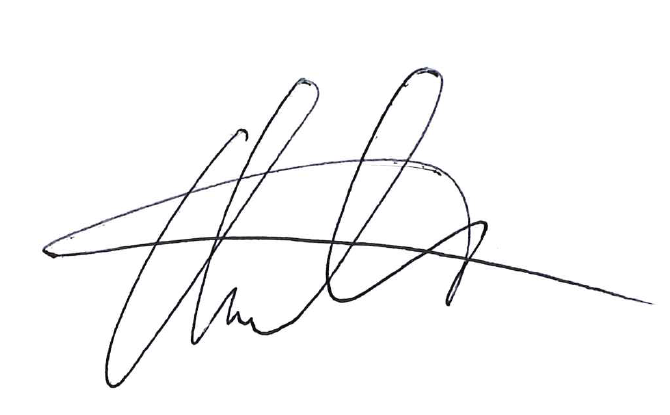
OIA2024 - 113
Mr Thomas Pohl
Via FYI.org – [FYI request #27612 email]
Dear Thomas
I refer to your request under the Of icial Information Act 1982 (the Act), asking:
I seek to obtain all documents, communications, reports, and any other material related to the
project to modify the Kaitaki ferry to carry rail vehicles, which was part of the broader KiwiRail
Turnaround Plan. This includes but is not limited to:
Project proposals and feasibility studies
•
Plans and blueprints
•
Internal and external communications, including emails and meeting minutes
•
Budget estimates and financial reports
•
Timelines and progress reports
•
Environmental impact assessments
•
Correspondence with contractors and other stakeholders
Any other documents or materials related to this specific project within the context of the
KiwiRail Turnaround Plan
We have considered your request and have found the fol owing three documents (attached) that would
fall within the scope of your request.
Please note, this is unlikely to be the ful complement of documentation that was created as part of the
investigation into the feasibility of the conversion. However, due to the passage of time, staff
movement, and the fact the project never progressed beyond a rough study, this is al the information
we have been able to uncover.
As you wil see from the documents, and from institutional memory, it indicates that some preliminary
investigations were undertaken to instal ing railway tracks on Kaitaki about 2011.
A number of ship, shore infrastructure and operational factors were considered. The preliminary
investigations concluded that it was not practical to put a rail deck on Kaitaki.
The main reasons were:
The Kaitaki vehicle deck level is higher out of the water compared to the other ships. The implications
of this is that the angle of the link span would be steep and the breakover angles of the vertical curves
would mean the wagons would bottom out in certain load and tide situations
The required modifications to Kaitaki would be significant and very expensive. Aside from deck
modifications to accommodate the rail tracks, some other significant works would have been:
• a new stern door would be required,
www.kiwirail.co.nz | 0800 801 070
Wel ington Railway Station, Bunny Street, Wel ington 6011
Private Bag 39988, Lower Hutt 5045, New Zealand


• instal ing a complex healing system to keep the ship level while she was being loaded,
• it was likely the hul would have needed to be strengthened to prevent the ship from unacceptably
bending from the additional rail loads the ship was not originally designed for.
For these reasons, the option was not pursued any further.
I hope this is sufficient to satisfy your interest, any further questions please get in touch.
This decision has been made under the OIA. You have the right to seek an investigation and review
of this response by the Ombudsman, in accordance with section 28(3) of the Act. The relevant details
can be found on the Ombudsman’s website:
www.ombudsman.parliament.nz. Yours sincerely
Dave Allard
Senior Government Relations Advisor, KiwiRail
www.kiwirail.co.nz | 0800 801 070
Wel ington Railway Station, Bunny Street, Wel ington 6011
Private Bag 39988, Lower Hutt 5045, New Zealand


